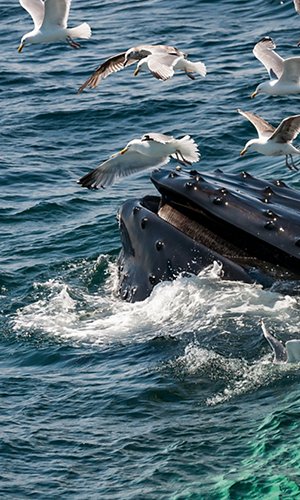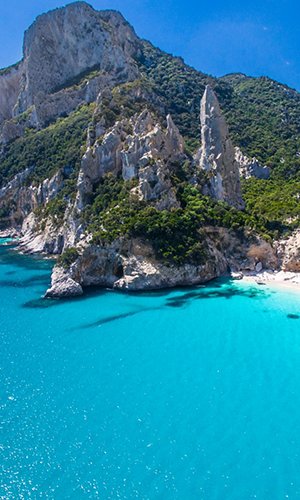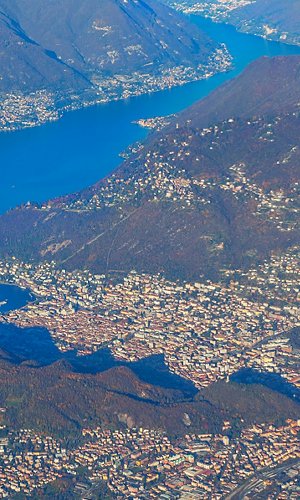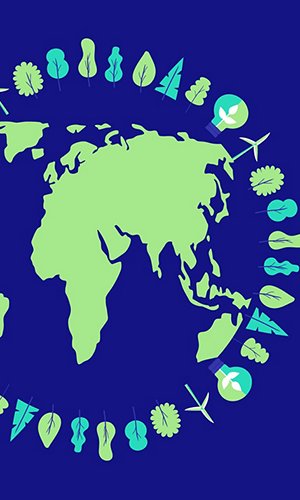The Intergovernmental Panel on Climate Change (IPCC) was founded by the United Nations in 1988 for the purpose of analysing global warming. IPCC studies the climate crisis in depth and then periodically publishes a thorough and weighty report containing the state of our Planet's climate. The sixth and latest report also contains an 85-page summary to explain, even to the uninitiated, how important and worthy of attention the scientists believe it is for decision-makers to counter the climate crisis.
The report is drastic in stating that urgent action is needed, but it also leaves room for hope: time is short, but it is still possible to hold back global warming. The first measure is to keep the rise in the Earth's average temperature below 1.5 degrees Celsius, which is the safety threshold already indicated in the 2015 Paris Agreement, signed at the 21st climate conference. IPCC confirms that there are processes that have already been triggered and will unfortunately continue for centuries: they concern the melting of part of the polar icecaps and glaciers, sea levels and ocean acidification. The damage is done here and now all that can be done is to contain the problem in order to mitigate the impact of extreme phenomena. To save the climate, the only solution indicated by the IPCC is a drastic cut in emissions of greenhouse gases, i.e. mainly carbon dioxide and then methane and nitrogen oxides. IPCC basically proposes three ways to reduce the amount of CO2 in the atmosphere.
First, transition from fossil fuels to renewable energy sources must be accelerated.
Second, small everyday actions put into practice by everyone become important. For example, fewer cars, more bicycles and energy savings.
Third, CO2 must be absorbed from the atmosphere by conserving forests and oceans.
It is known that the most efficient means available to us to capture CO2 are trees, which absorb carbon dioxide through photosynthesis. For example: in the European Union there are 182 million hectares of forests, which correspond to 43% of the surface area. Seventy per cent of forest areas are located in Italy, Finland, France, Germany, Poland, Spain and Sweden, and together they absorb the equivalent of 7 per cent of the total greenhouse gas emissions by the European Union each year.
Forests are natural carbon sinks and so are oceans and soils. A 'carbon sink' is defined as a system that can absorb more carbon than it emits.
Can natural carbon sinks be helped? According to much research, yes, through CO2 capture using artificial systems. These methods are very expensive because the concentration of CO2 in the atmosphere is low: just over 400 PPM or Parts Per Million: if you divide a volume of air into one million bubbles, 400 of these are CO2. But if capturing it from the air is costly, MIT – Massachusetts Institute of Technology – has announced a new method: capturing CO2 from oceans instead of the air. Why is that? One of the main reasons for this is that "in oceans, the capturing stage has already been done for us," say the MIT researchers. This is because oceans absorb 30 to 40 per cent of greenhouse gases from the atmosphere, concentrating them in densities more than 100 times higher than that of air. Devices to capture gases from the ocean could be mounted on large merchant ships so that as they transit the 7 seas they could 'clean up' the waters.







